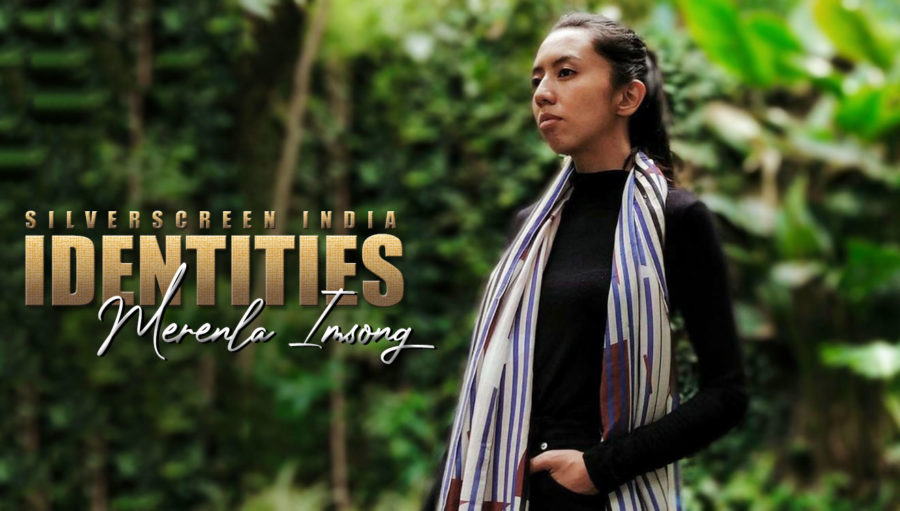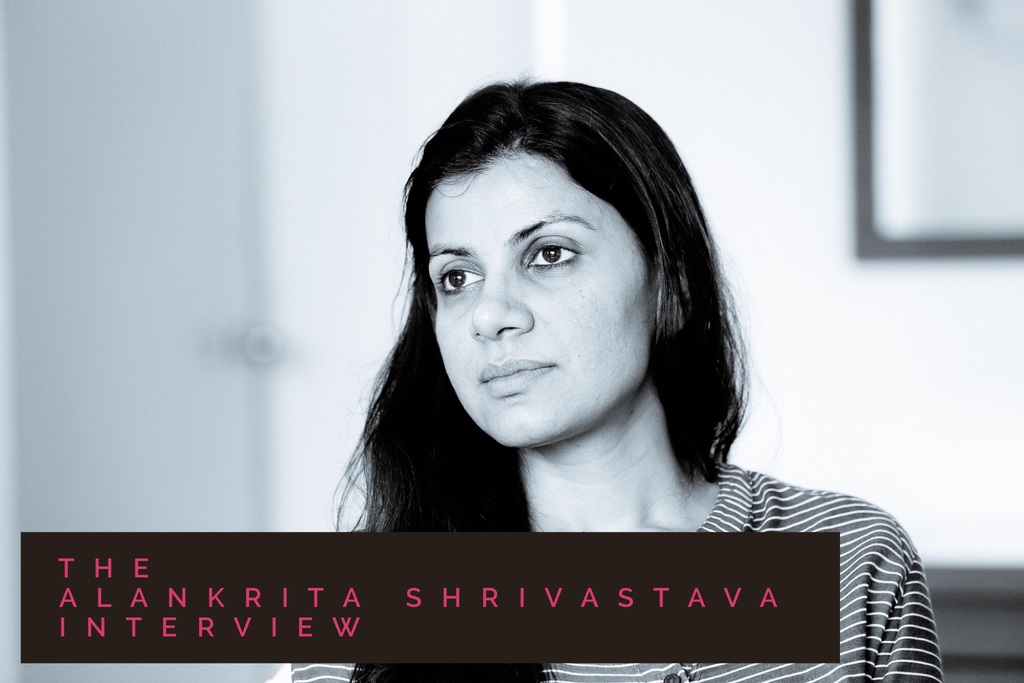Merenla Imsong says she feels emotionally connected to her character Balamon, a person of Khasi origin, in the 2019 film Axone.
Although she appears in only three scenes in the film, she delivers the intent of the entire film in a single line where she replies to an overbearing, racist neighbour: “If we all look the same, how do you know there’s someone new coming every day?”
Axone attempts to capture everyday racism faced by persons from North-Eastern India. The region, consisting of eight states, is often subjected to discrimination and racist slurs, predominantly based on their facial characteristics and diet.
Imsong- an actor, writer, assistant director, and YouTube content creator hailing from North Eastern state of Nagaland- says that she hopes to see characters from the North East seamlessly exist in a film, without any reference to their race.
This actor and creator, who uses Instagram to express satire, sarcasm and wit though her videos and sketches, recounts her journey from Kohima to the world of performing arts in an interview with Silverscreen India.
Learning Mandarin
Born in Assam and brought up in Kohima, Imsong shifted to New Delhi for higher studies. This is when she started pursuing a career in theatre. Since then, she has been part of many dramas including Not Just Akhuni (2014) and short films like Azaad (2016), The Passing (2018), and The Knot (2018). She has also written columns for newspapers like The Asian Age and co-wrote the screenplay of The Doorman, which released earlier this year.
Imsong first moved to Mumbai to play the role of a Chinese character in a Hindi television serial, where she was asked to speak her “native language”. The makers said that she did not sound Chinese enough and instead asked her to make “Ching-ching-choo” sounds. Imsong says that she was not surprised as she had been requested to do similar things in the past.
“For the sake of authenticity, I began learning Mandarin,” she says.
Imsong has played almost all characters that are stereotypically associated with people from the North-East on screen.
“Massagewali (masseur), salonwali (worker at a salon), and momo seller. We get these kinds of roles frequently. We end up becoming character actors too,” she says.
Speaking about her process, she states she does not have any difficulty in grasping characters while shooting for films, series or short films. Since most of her acting is in Hindi, her first priority has always been the process of memorising her dialogues.
“Thinking about a character is important. However, for me, it is more about feelings. It helps me flow in a scene instead of having premeditated movements,” she said. Though she tries not to improvise, there is a point when she tends to switch from Hindi to English. Hindi goes “flying out of the window”, she says.
Scripting
Over time, Imsong says that there have been several opportunities in Bollywood, with respect to roles. However, most are not written in a way which fits the demeanour of those who are belong to the North-East.
“Problems begin with the process of writing a script,” says Imsong. She feels that racism has become the only point of reference for many writers when they write about the North-East. There are scenes where someone will call the character a racist slur and they will fight back. There might be another scene where a North Indian hero will rescue her, she says. She wonders if it’s hard for a character to exist without making a reference to their race.
When she acted in the short film The Knot (2018), she had asked director Avalokita Dutt not to mention the words ‘Naga’ or ‘North East’ in the film. The plot revolves around the friendship between two girls and Imsong felt that bringing token dialogues on race was unnecessary.
“Of course I will talk about racism but I want to do that on my own terms, not through words of someone who has not faced what I have faced. It has to come from deep inside when you are telling a story. It should come from experience,” she said.
Imsong feels that Axone was an emotional film for her and the rest of the cast as the experiences seemed very real. It reminded her of an experience where the police visited her house in Delhi suspecting that she had been cooking dog meat. There are days when she has lit several agarbattis to cook axone (fermented soybeans), because of its strong smell.
“I was barely in the film but it is very close to my heart,” she says.
Road to fame
Imsong made headlines when her first YouTube video, A Presumptuous Chinky Assumes the North Indian Way was released and became popular. It posed some stereotypical questions to people from other ethnic groups in India which are often posed to people from the North-East. According to her, political satire makes people angry. So, she tries to slyly include it in her content.
Recommended
Imsong is annoyed by the media’s portrayal of her as an anti-India person.
“They started putting out sentences like ‘look at this girl from North East standing up against racism’. It felt awkward because my intention was to create funny content. It was instead interpreted as ‘The North East fights back’. I was confused about why they made me racism’s poster girl,” she says.
Despite her videos coming across as complaints, Imsong says she never wanted to come across as ‘whiny’. She says she did not want to cry about being trolled with racist slurs as well. The aim was always to create content which is funny, accessible and interesting, she says.
She hopes to continue doing so on her own terms.



